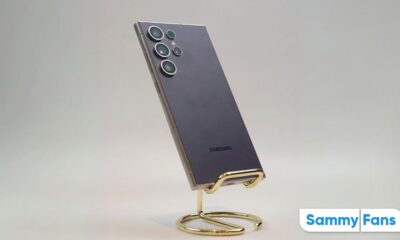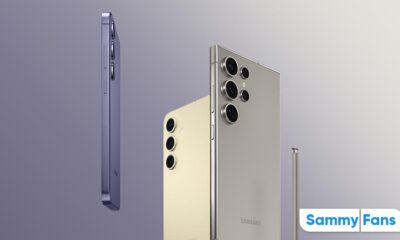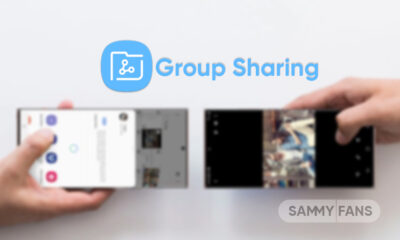
Samsung’s newly reorganized website aimed to improve customer convenience
On March 2nd, Samsung Electronics started a newly reorganized website ( www.samsungsvc.co.kr ) that is aimed to improve customer convenience. The revamped homepage centered to provide convenient, non-face-to-face services such as product status checks and product purchases.
Following the trend of the increasing demand for non-face-to-face services, the South Korean tech giant took this decision. The fresh web page provides a new ‘product self-diagnosis’ function so that customers can easily check the status of home appliances.
The ‘product self-diagnosis’ is is an IoT-based connection between the home appliances and homepage that analyzes the product status in real-time, suggests solutions to abnormalities, and provides timely information on product management methods such as cleaning filters and replacing consumables.
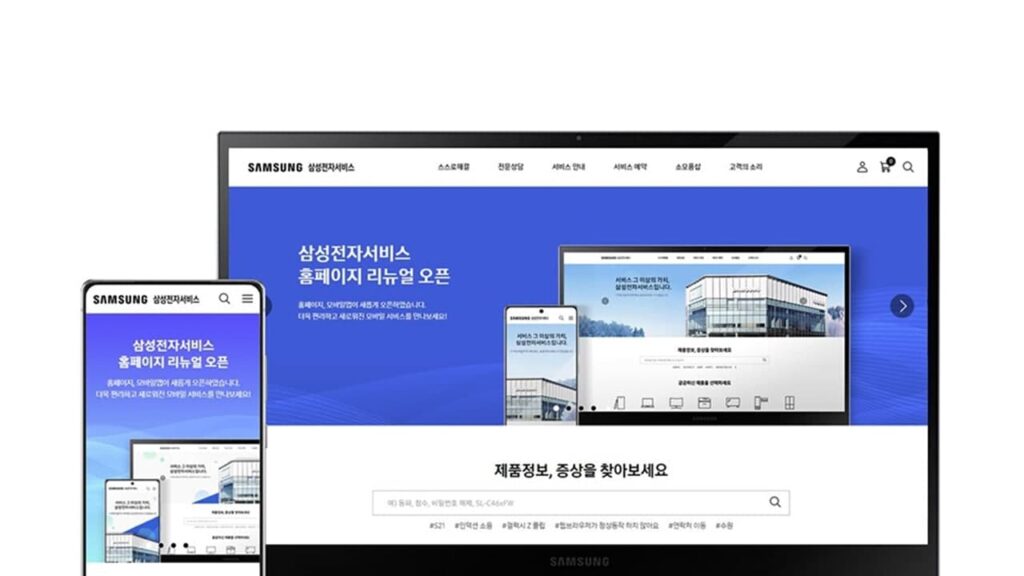
According to Samsung, consumers can solve problems by using video content provided based on product self-diagnosis results and customized chatbot consultation, saving time and money from unnecessary center visits and business trip services. Moreover, if a business trip service is required, accurate product information and symptoms can be known in advance in order to increase the work efficiency of the repair engineer.
Join Sammy Fans on Telegram
It is expected that the target products will continue to expand to refrigerators, washing machines, air conditioners and clothes dryers equipped with Samsung SmartThings in the future. The “online merchandise mall” has also been completely reorganized so that products such as air filters and mobile phone cases can be easily purchased without visiting a service center.
Even if the customer does not know the product name, they can easily buy the product they need. For example, when the “model name tag” attached to an air purifier is photographed, product information such as a filter suitable for that model is listed as an image. Customers can easily find and purchase images of desired products, just as they choose to display products in a store.
The new search engine incorporates ‘AI deep learning’ technology so that customers who access the homepage can find the information they want accurately. The AI deep learning search engine has learned more than 160,000 questions (including similar expressions) from common questions, which can predict the intent of customer questions and display the best search results.
Considering that more than 70% of customers visiting the website use mobile devices such as smartphones, a separate application optimized for the mobile environment is also provided.
In addition, various functions are provided to improve the convenience of using the website for customers, such as –
- Customized content recommendation through analysis of customer usage status
- Location-based center search
- SNS account connection and simple login
News
Samsung no longer interested in EV battery business in the US?
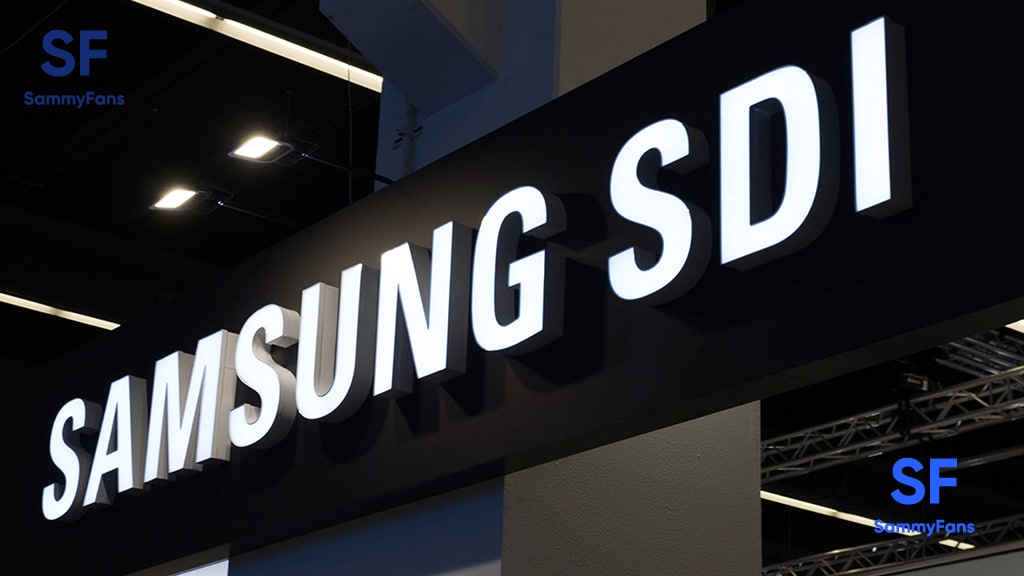
Samsung could shift its investment from the EV battery business in the US. The company plans to adjust its investment in ESS from EVs due to a sluggish market. The move comes after low demand for EVs, particularly bikes, and growing demand for ESS.
TheElec reports that Samsung eyeing the growing demand for ESS (energy storage systems) in the US. North America’s largest power company NextEra Energy could be awarding Samsung with a potential 1 trillion won ESS order.
Samsung is investing in converting its EV battery pack production line in Michigan, US. The electric bike battery pack line will be dismantled and converted for ESS use. The investment is expected to begin as early as the fourth quarter.
- The ESS battery pack line will be located in Factory 1, where a battery pack line for Harley-Davidson is currently in operation.
- Factory 2 primarily produces battery packs for Stellantis PHEVs, such as the Jeep Wrangler 4xe and Grand Cherokee 4xe.
The Korean tech giant is pursuing a 1 trillion won order for ESS batteries from NextEra Energy. The order is estimated to be around 5GWh. The company has started accelerating its penetration into the ESS market since last year with its Battery Box.
News
Samsung exploring sensor-shift OIS camera tech for Galaxy phones
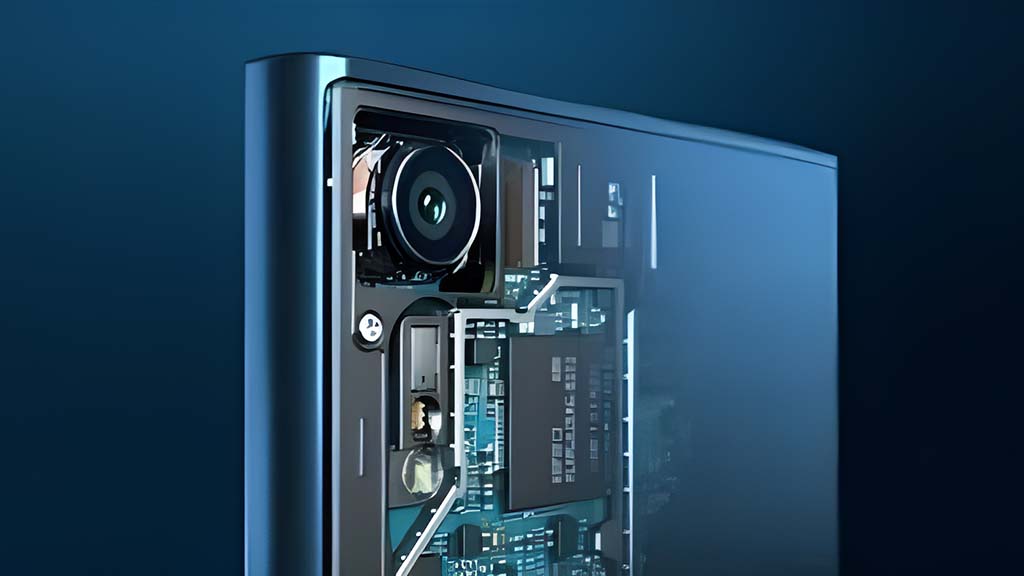
Samsung is exploring advanced sensor-shift image stabilization (OIS) camera tech for future Galaxy phones. The company recently filed a patent application related to image stabilization technology for mobile devices in South Korea.
The latest Samsung patent suggests work on the sensor-shift image stabilization (OIS) camera is underway. However, Apple iPhone-like sensor shift camera tech is far from arriving on Samsung’s Galaxy smartphones.
The patent entitled “Actuator for optical image stabilization and camera module including the same” describes how less force is required to stabilize the sensor itself. This allows for a more precise correction of the sensor position.
The patent document shows that Samsung is continuing to develop its ideas and methods for sensor-shift image stabilization. The absence of such cameras is not a sign that the company has abandoned the idea.

Samsung has been working on sensor-shift image stabilization for years. The company aims to upgrade the Galaxy camera capabilities in the future. The sensor-shift stabilization offers a sharper image by moving the camera sensor.
Previously, patents related to sensor-shift telephoto camera surfaced. However, the Korean tech giant hasn’t commercialized the technology. The patent was published recently, but doesn’t mean we will be seeing this upgrade in the Galaxy S25 series.
The development suggests that Samsung won’t include it on Galaxies till an advanced variant evolves. As the exploration continues, sensor-shift OIS feature remains in hope for the future of Galaxy smartphone segment.
News
Samsung crafting mixed-reality smart glasses with Qualcomm, Google

Samsung officially confirmed its teaming up with Qualcomm and Google for XR devices. Now, Qualcomm CEO revealed that the company is working with Samsung and Google to develop mixed-reality smart glasses.
According to the info, Samsung is working on portable mixed-reality smart glasses in collaboration with Qualcomm. Not XR headset, the company’s first extended reality product could be smart glasses with AI for new experiences.
Qualcomm CEO Cristiano Amon shared new details about Samsung’s upcoming XR product. In an interview to CNBC, Amon confirmed the collab with Samsung will result in “a new product” that offers “new experiences.”
Beyond that, he hinted that this product will likely be a pair of XR smart glasses, not a headset. Just opposite to Apple’s approach, Samsung and Qualcomm aimed to create XR smart glasses that would be portable and easy to carry around.
“I want everyone who has a phone to go buy companion glasses to go along with it,” Amon said. “We need to reach a point where wearing smart glasses feels no different from wearing regular glasses or sunglasses. Only then can we achieve true scale,” he added.
The XR smart glasses could debut later this year, featuring artificial intelligence. Samsung and Qualcomm reportedly aiming to make XR glasses mainstream, while Google could support them with optimized software.
Following the trend, the XR smart glasses could pack on-device AI capabilities. Some AI features will run directly on the device, others on the phone, and certain tasks will require cloud processing – unlocking “a whole new set of experiences.”

Nurphoto | Nurphoto | Getty Images

